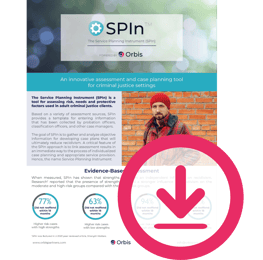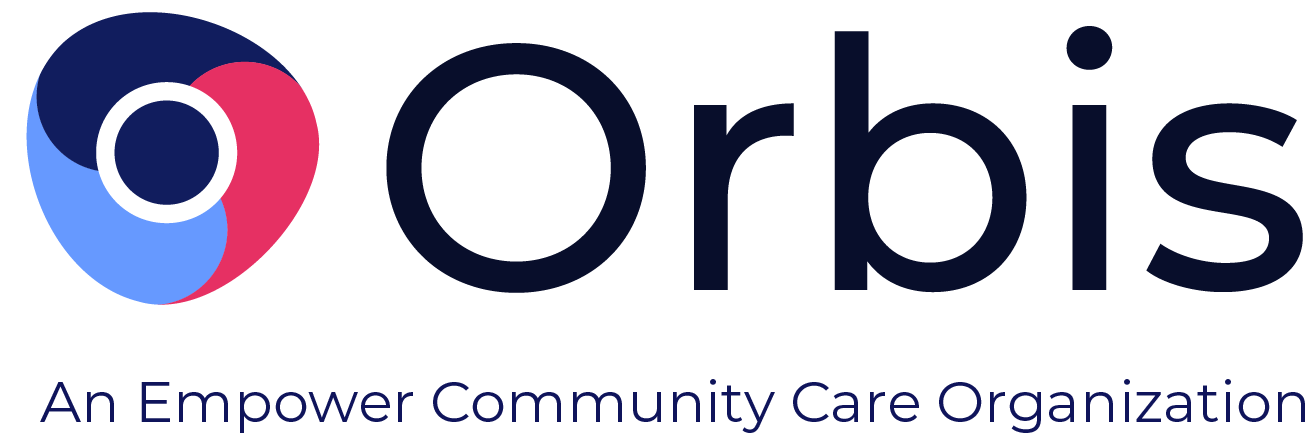Criminal justice risk and needs assessment tools help courts, corrections agencies, and other justice system stakeholders make informed decisions about an individual’s risks of reoffending and their needs for intervention.
The purpose of these justice tools is to identify those who are likely to engage in criminal behavior if they are not provided with appropriate services or supervision. It also helps identify who is likely to remain arrest-free so that case planners can reduce or eliminate participation in supervised programs.
The Importance of Criminal Justice Risk and Needs Assessment Tools
Research shows that using effective criminal justice assessment tools can improve public safety outcomes by helping to determine whether a justice-involved individual should be placed on some form of supervision or assigned for treatment through community-based services.
For example, the Service Planning Instrument (SPIn), a promising evidence-based assessment developed by Orbis Partners, has proven to be effective at predicting criminal justice outcomes. Studies of the tool have also found that the presence of strengths exerted a stronger influence on recidivism in the moderate and high-risk groups compared with the lower-risk groups.
This understanding of a person’s likelihood of reoffending allows criminal justice system professionals to assign an individual to services and programs focused on rehabilitation rather than punitive measures.
With many options for criminal justice risk and needs assessment tools, it’s critical that organizations choose one that is the best fit for the task at hand.
Guidelines for Selecting the Most Effective Justice Tools
The Bureau of Justice Assistance lays out seven types of decisions that are commonly made with criminal justice risk needs assessments, along with what should be measured to make such decisions, and which tools are the best fit.
Decision #1: Pretrial release/detention, bond determination, supervision.
- Tool should measure: Likelihood of not showing up for court and the risk of re-arrest before trial.
- Recommended tool: Pretrial risk assessment
Decision #2: Assign to a diversion program or refer to court.
- Tool should measure: Likelihood of recidivism, risk of committing a violent crime, and criminogenic needs.
- Recommended tool: General recidivism risk assessment, violence risk assessment
Decision #3: Intensity of community-based supervision
- Tool should measure: Risk of becoming arrested and the likelihood of violent or sexual reoffence.
- Recommended tool: General recidivism risk assessment, violence, and sexual offending risk assessments
Decision #4: Assigning an individual to community-based programs; case planning.
- Tool should measure: Risk of re-offense, criminogenic needs, and responsivity.
- Recommended tool: Comprehensive risk/needs assessment
Decision #5: Intensity of treatment and/or care.
- Tool should measure: Factors specific to the type of treatment needed, i.e., the severity of an individual’s substance abuse.
- Recommended tool: Specialized assessments
Decision #6: Reintegration into the community after incarceration.
- Tool should measure: Risk of recidivism and likelihood of violent re-offense.
- Recommended tool: General recidivism risk assessment, violence risk assessment, and community reintegration needs assessment
Decision #7: Responding to a supervision violation.
- Tool should measure: Likelihood of committing a crime and the risk of violating supervisory regulations.
- Recommended tool: General recidivism risk assessment
Once an organization or jurisdiction has a clear vision of which decision is being made, an appropriate criminal justice risk and needs assessment can be chosen.
Using the Service Planning Instrument (SPIn) in the Criminal Justice System
Orbis Partners’ Service Planning Instrument (SPIn) is a tool for assessing risk, needs, and strengths in adult criminal justice clients. SPIn includes static factors, historical factors that are unchangeable as a function of intervention, as well as several dynamic factors, changeable needs, and strength factors that can be targeted with evidence-based programs,services and case management approaches.
The assessment contains 90 items that are guided by 10 specific domains, including traditional static factors (i.e., criminal history), as well as many dynamic risk factors (i.e., behavioral patterns) that have emerged based on research criminogenic needs research.
When your organization requires an effective criminal justice risk and needs assessment for decisions related to general recidivism, consider using SPIn by Orbis Partners. This tool has proven to be effective in probation, parole, re-entry centers, custodial facilities, pre-trial supervision and other contexts where there is a need to predict the likelihood of rearrest and identify relevant needs. A special short version of the tool is also available for assessment at the pre-trial stage.
 Please download the SPIn brochure to learn more.
Please download the SPIn brochure to learn more.
Orbis Partners provides solutions for criminal justice and human services systems, specializing in designing and implementing services for at-risk client groups. Orbis’ risk/needs assessment tools for youth and adults are designed to guide the casework process by incorporating an individual’s unique set of needs. For more information, visit our Risk Assessments page by clicking here.


